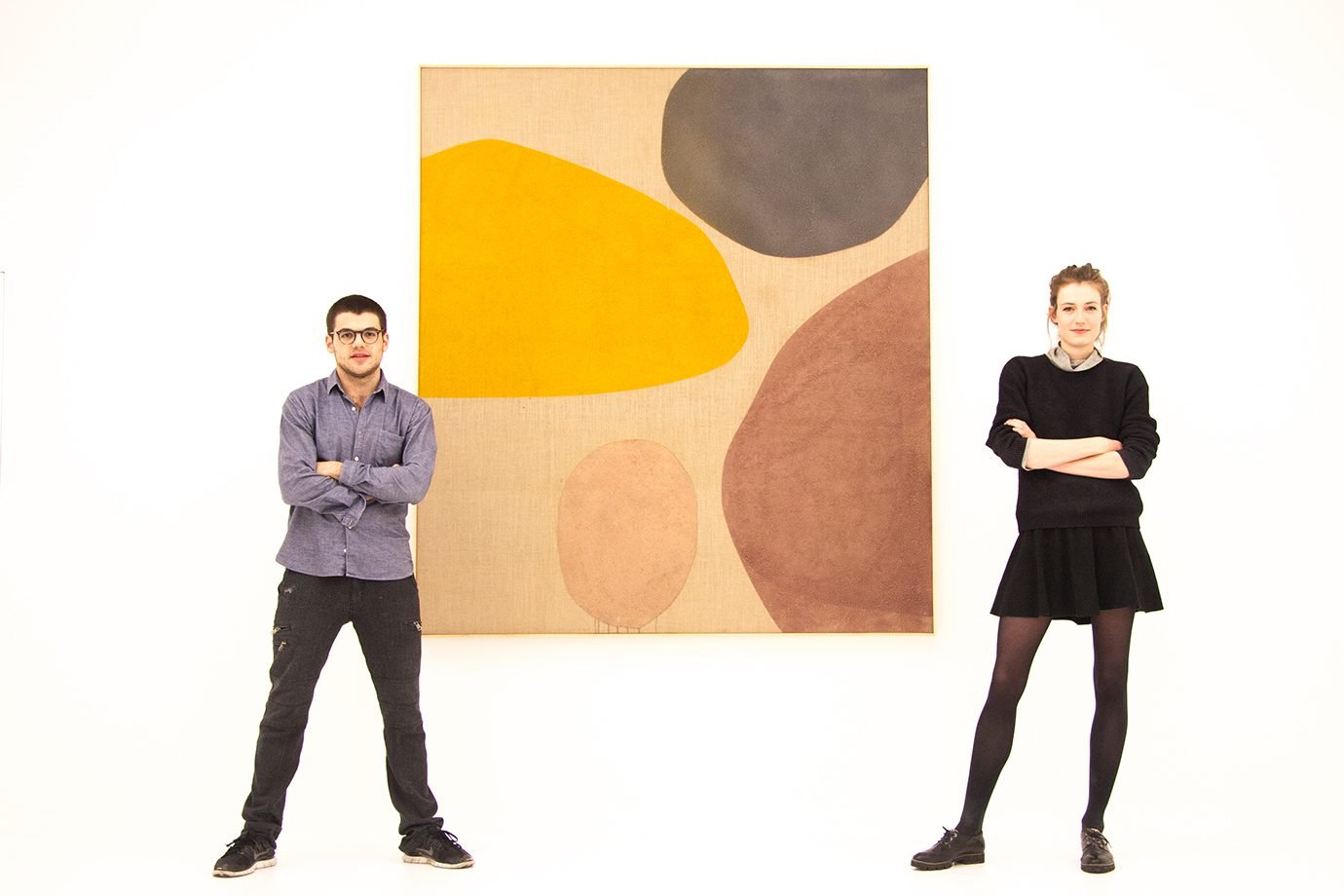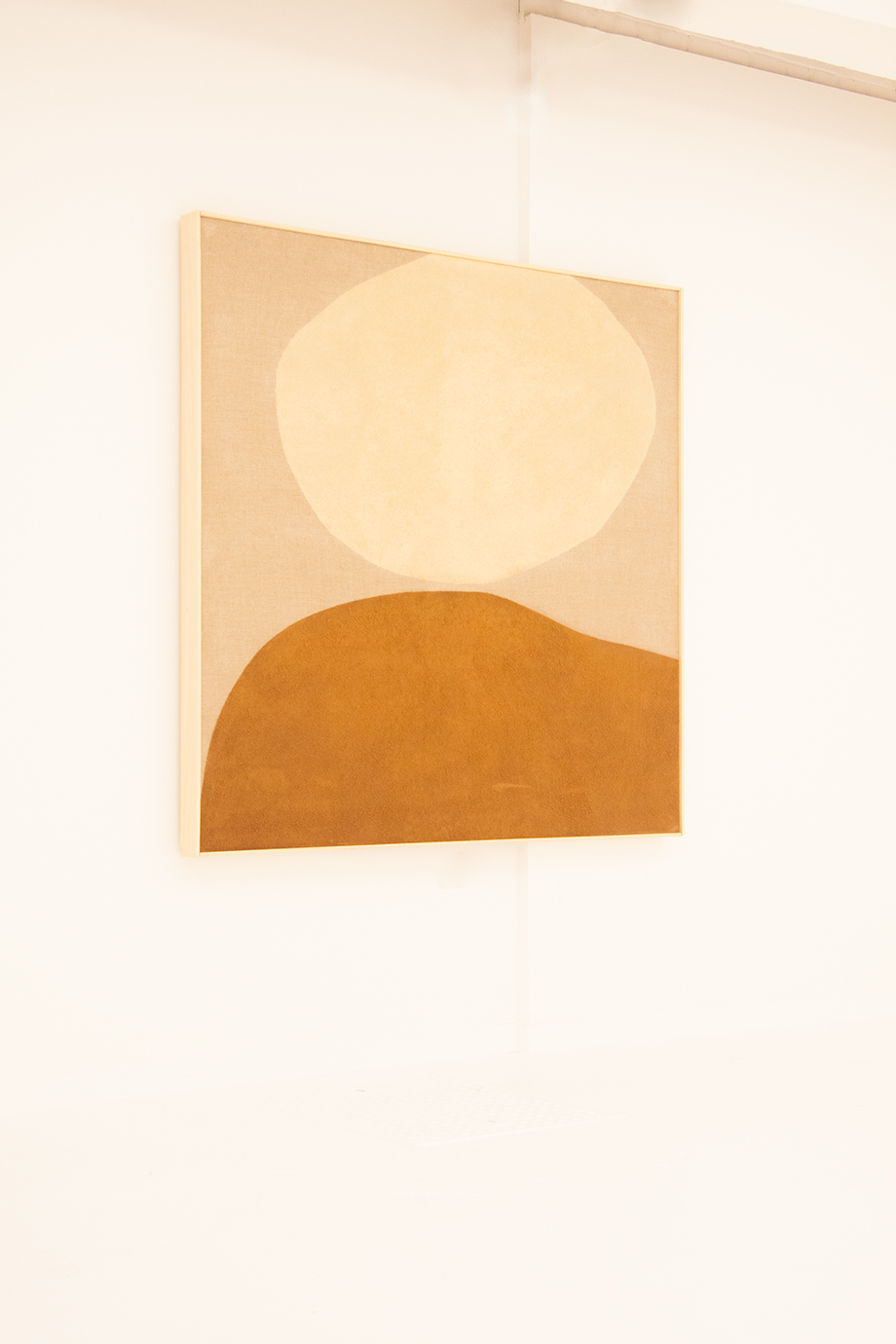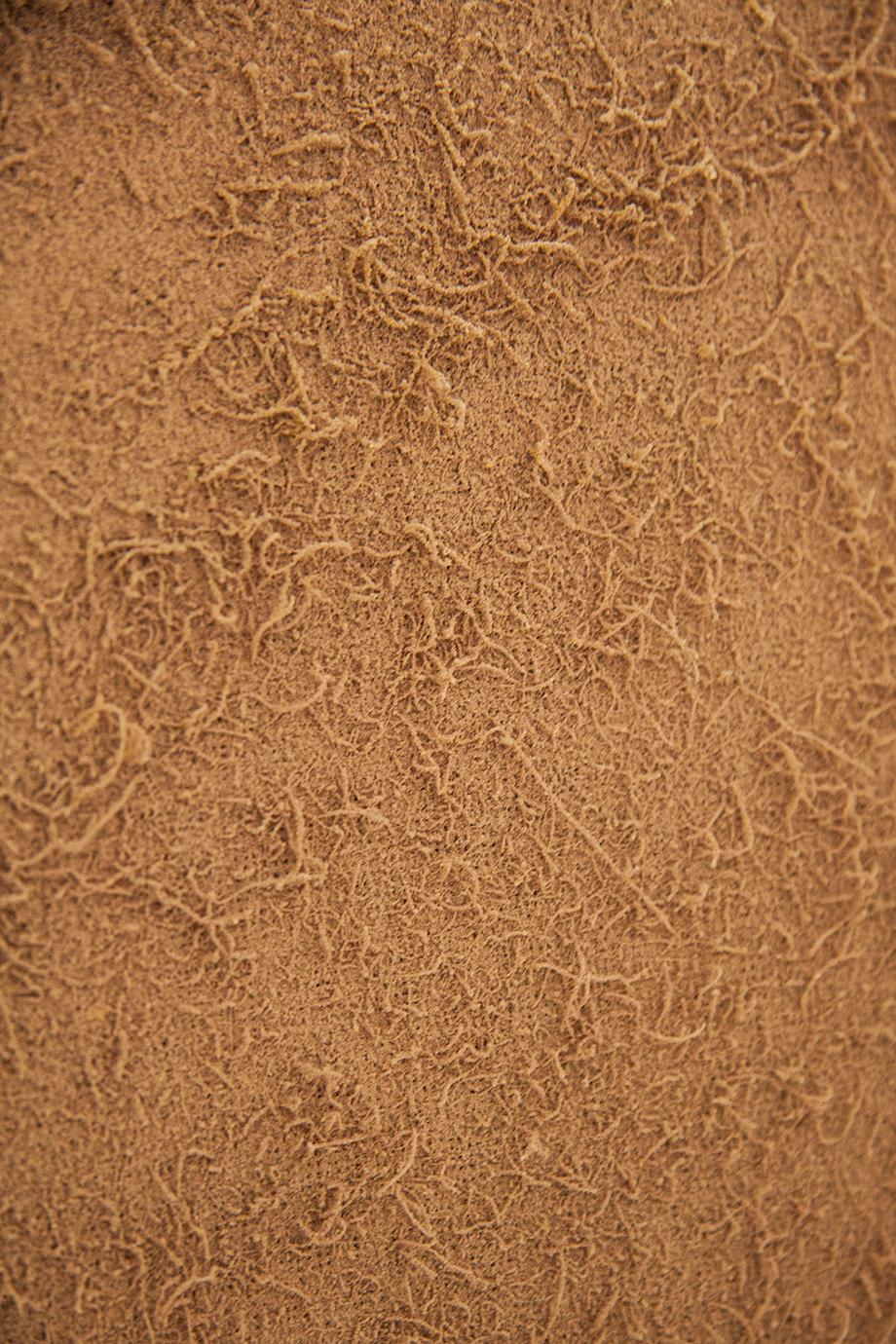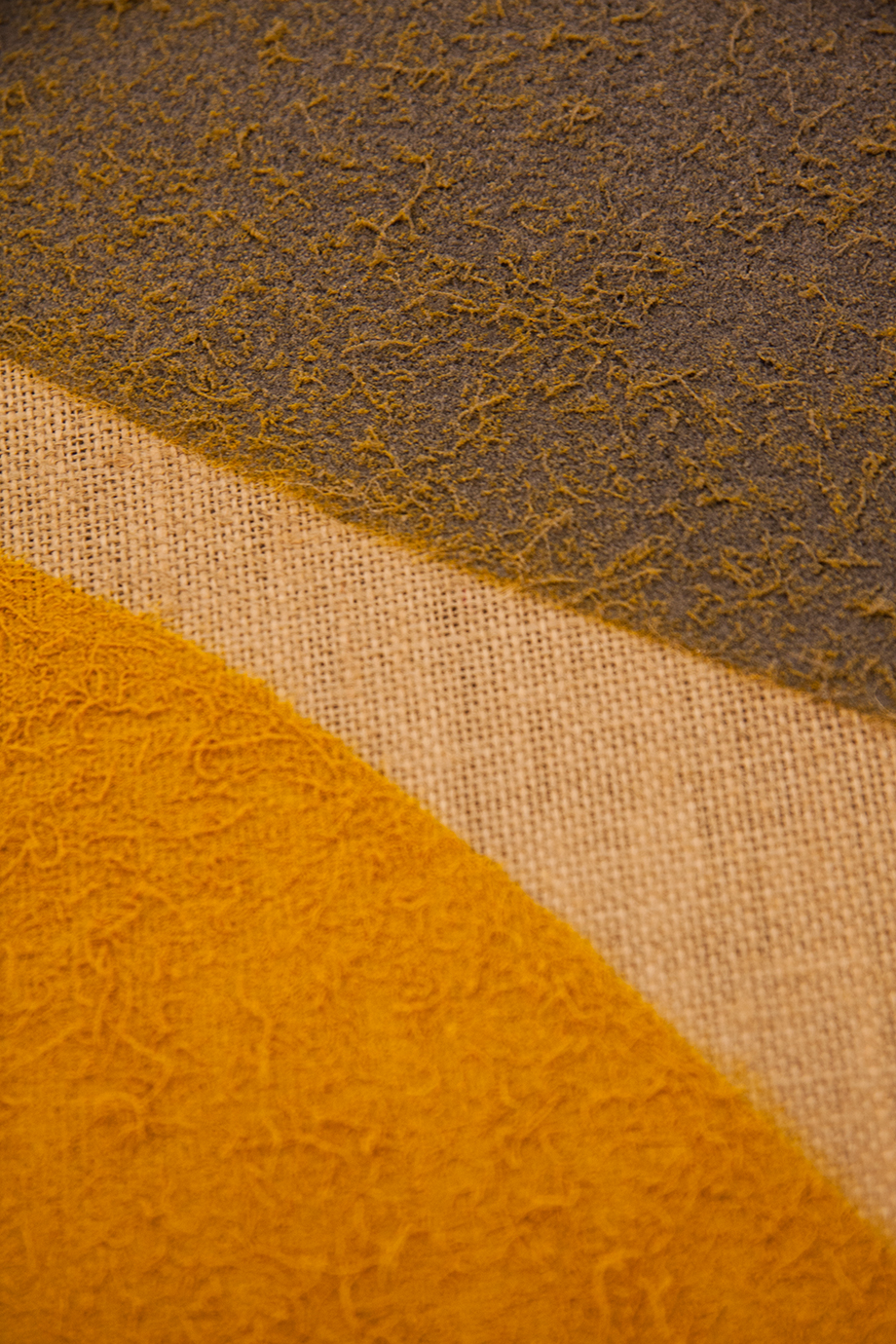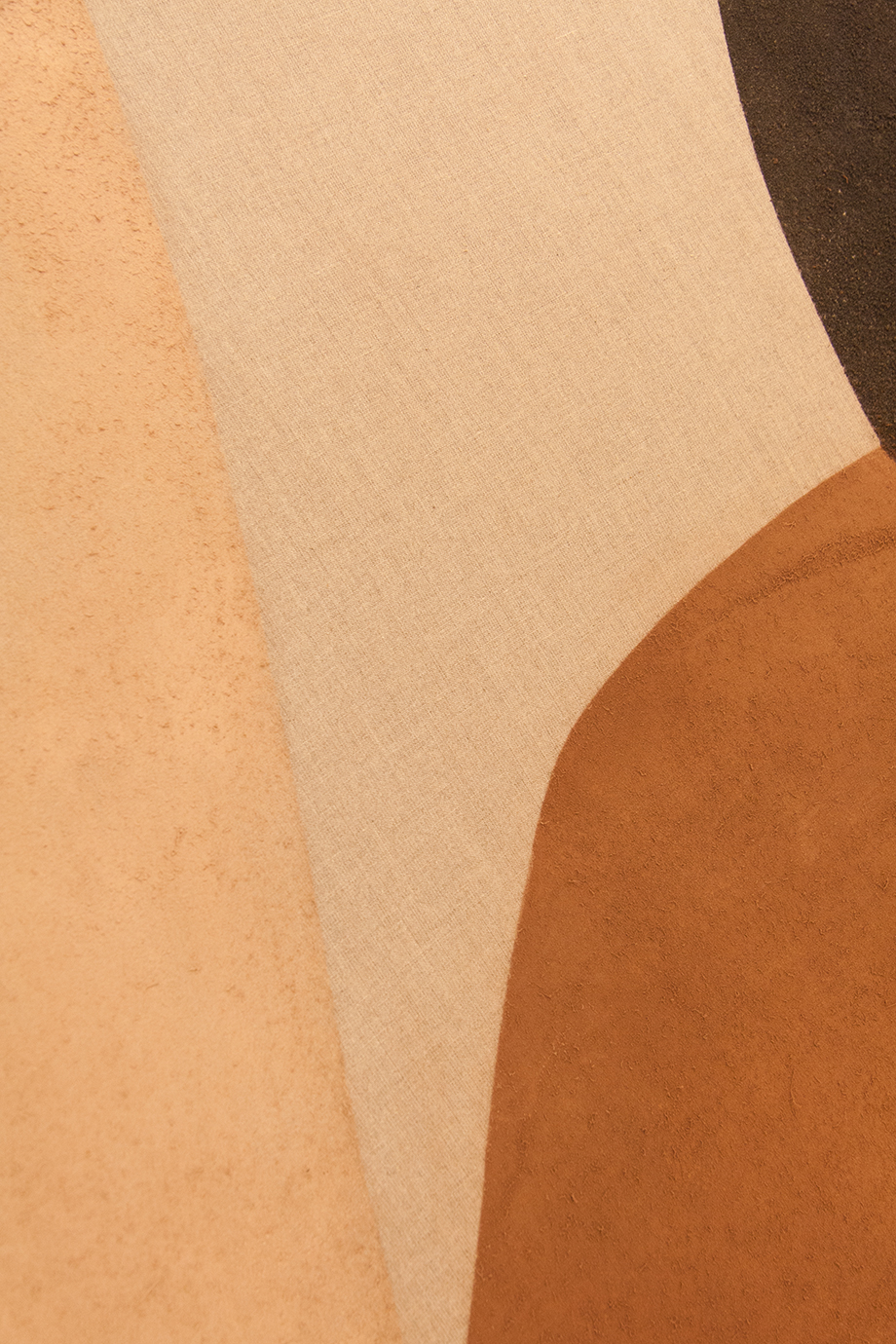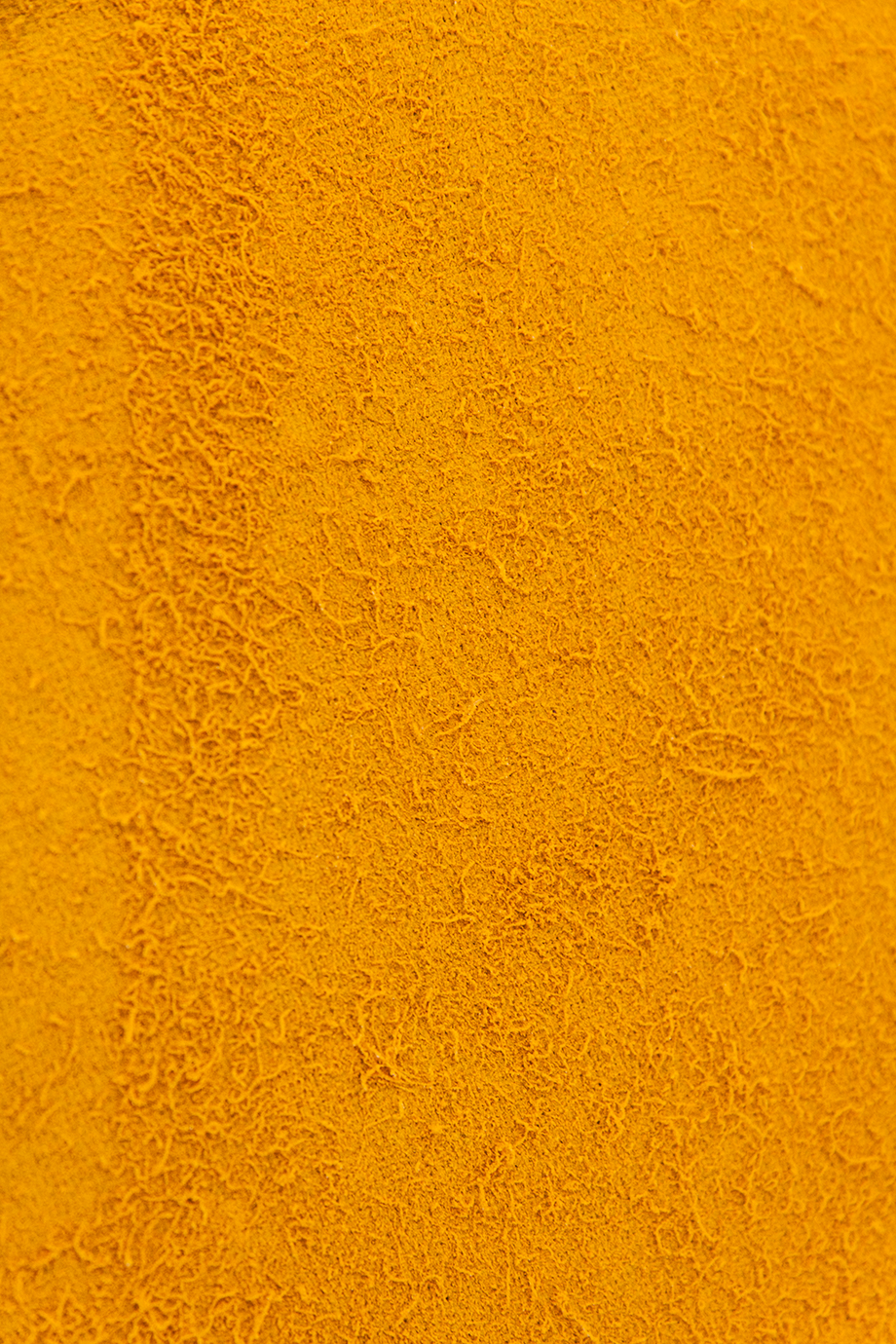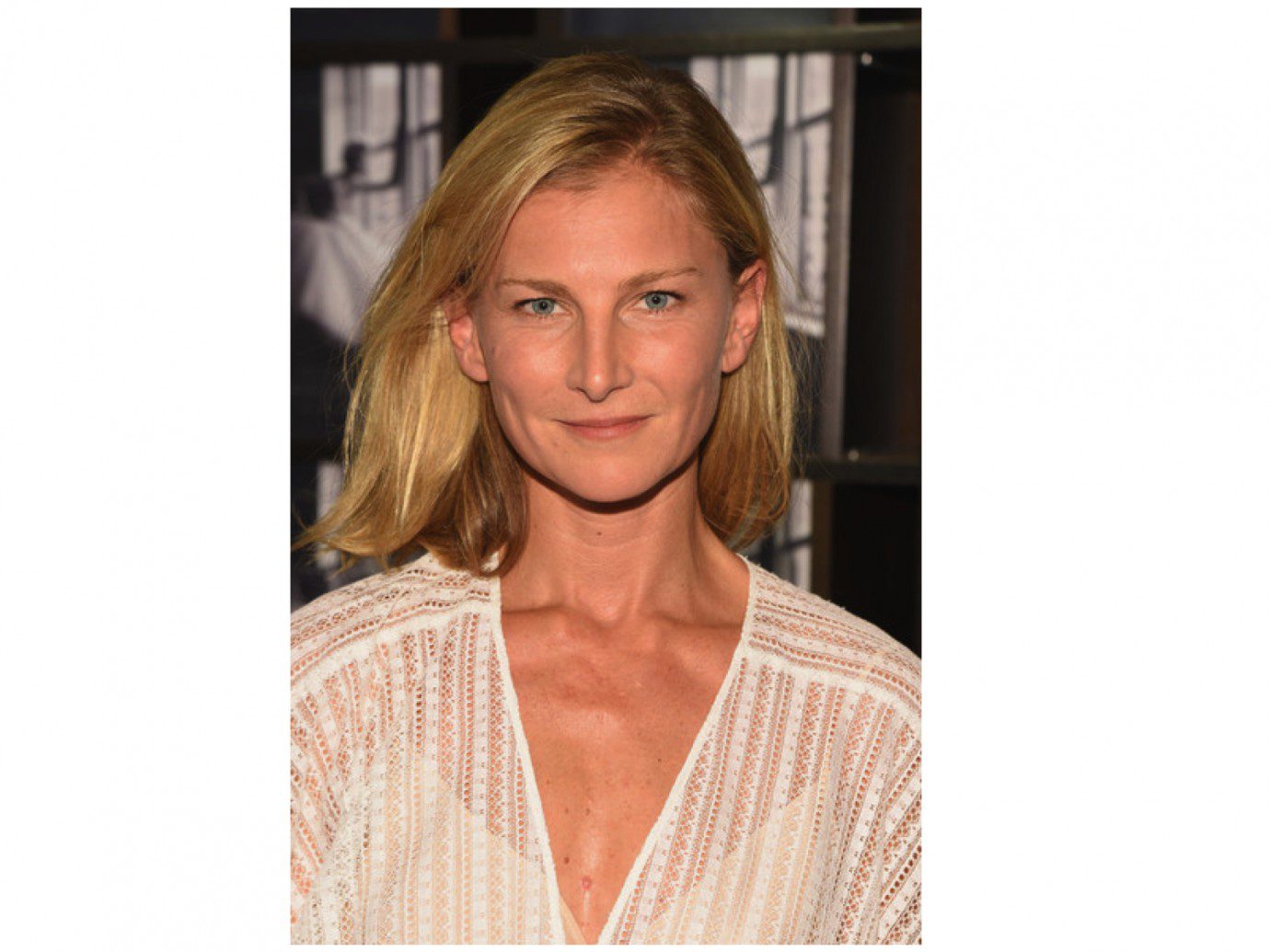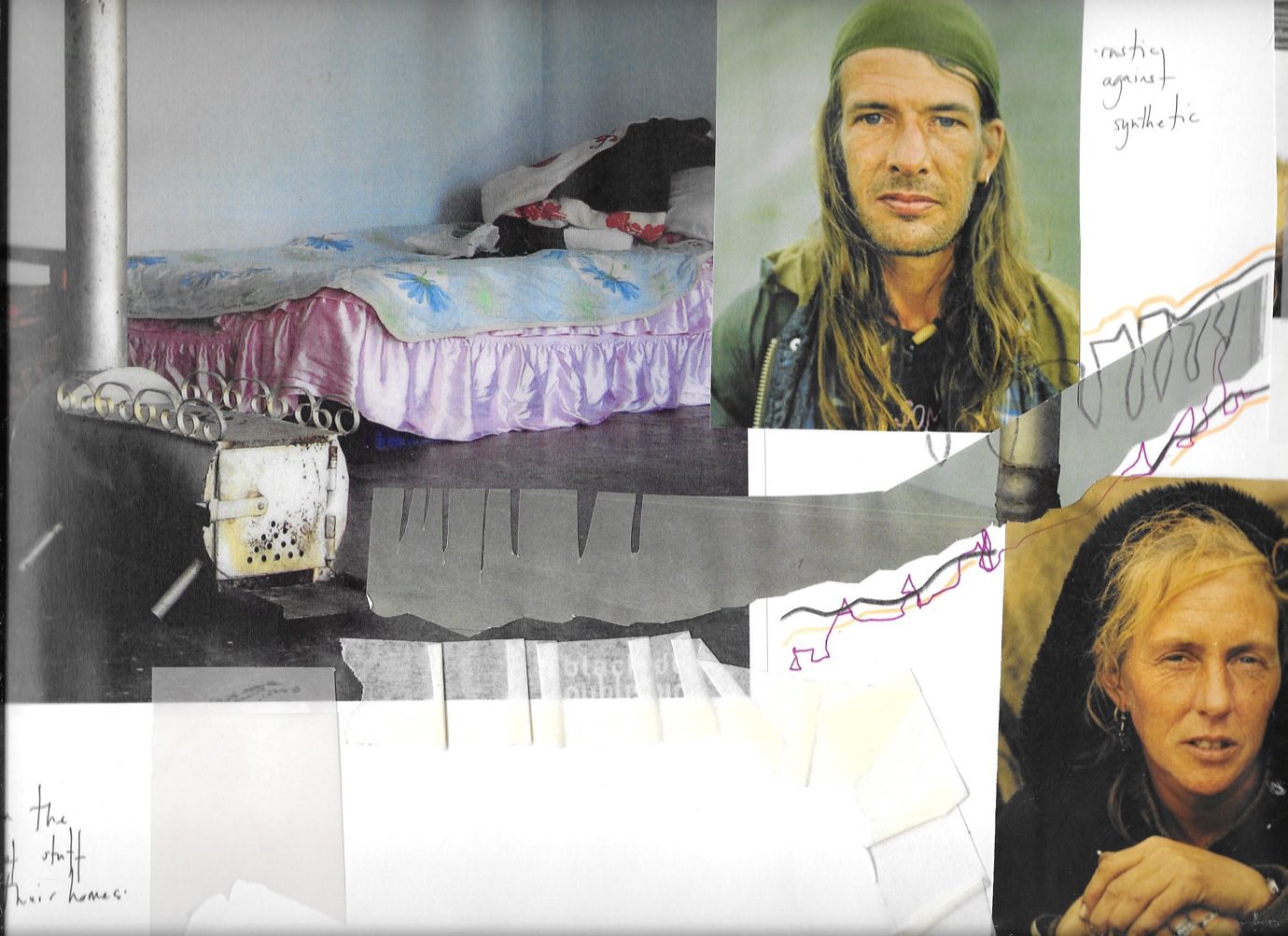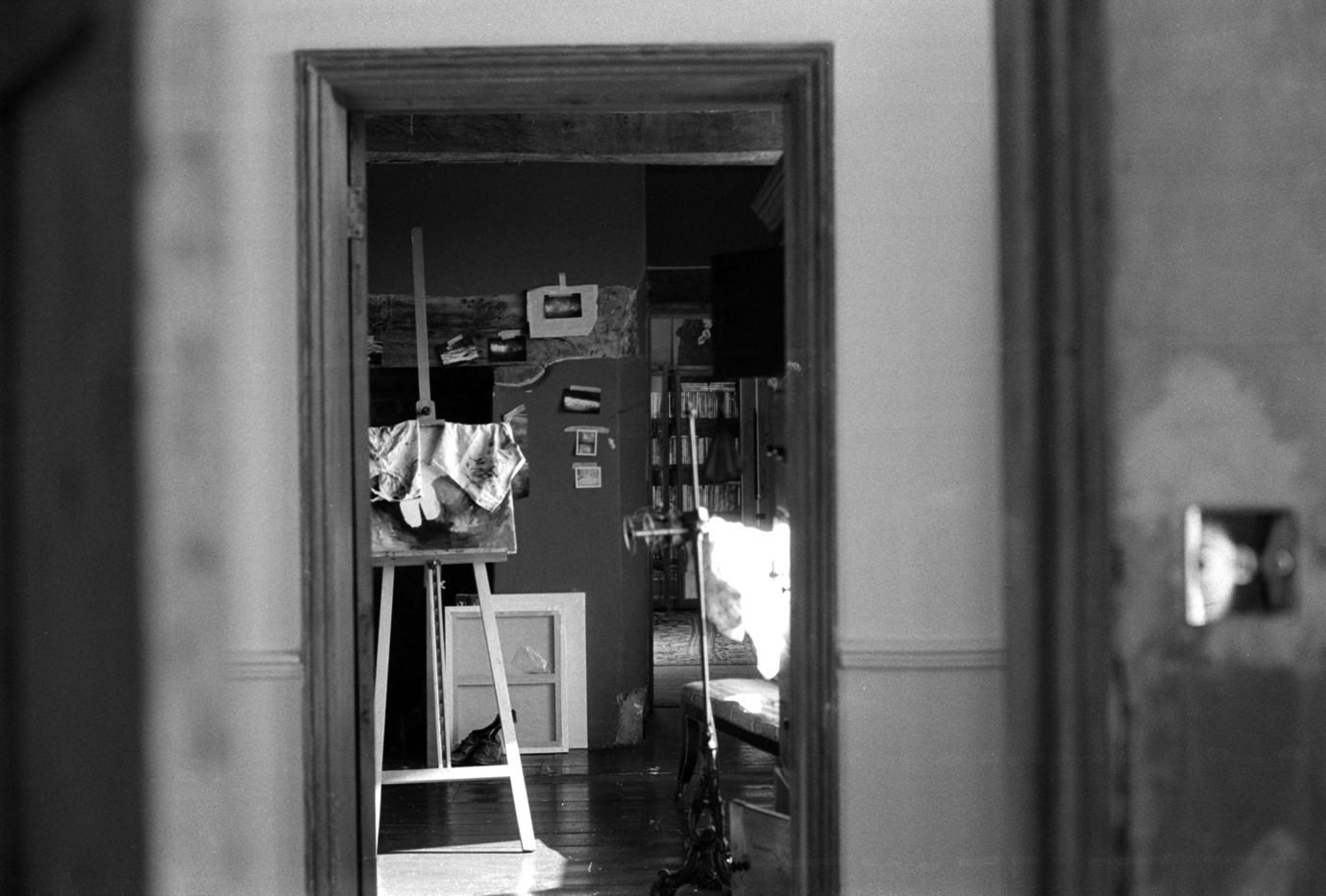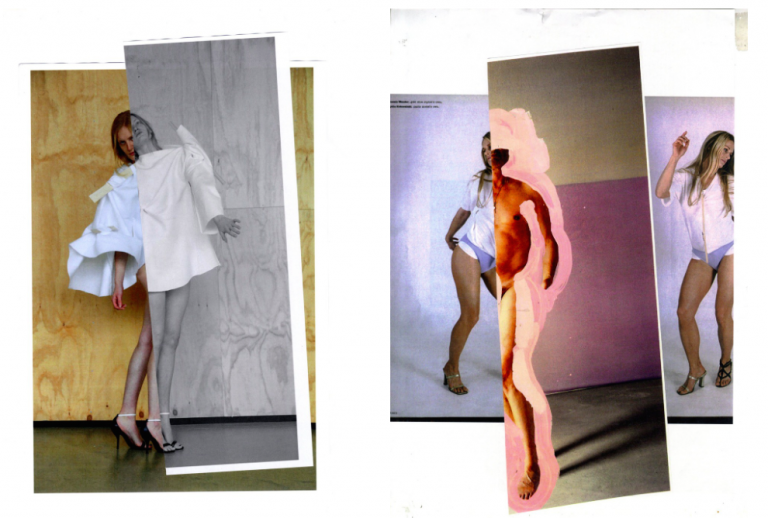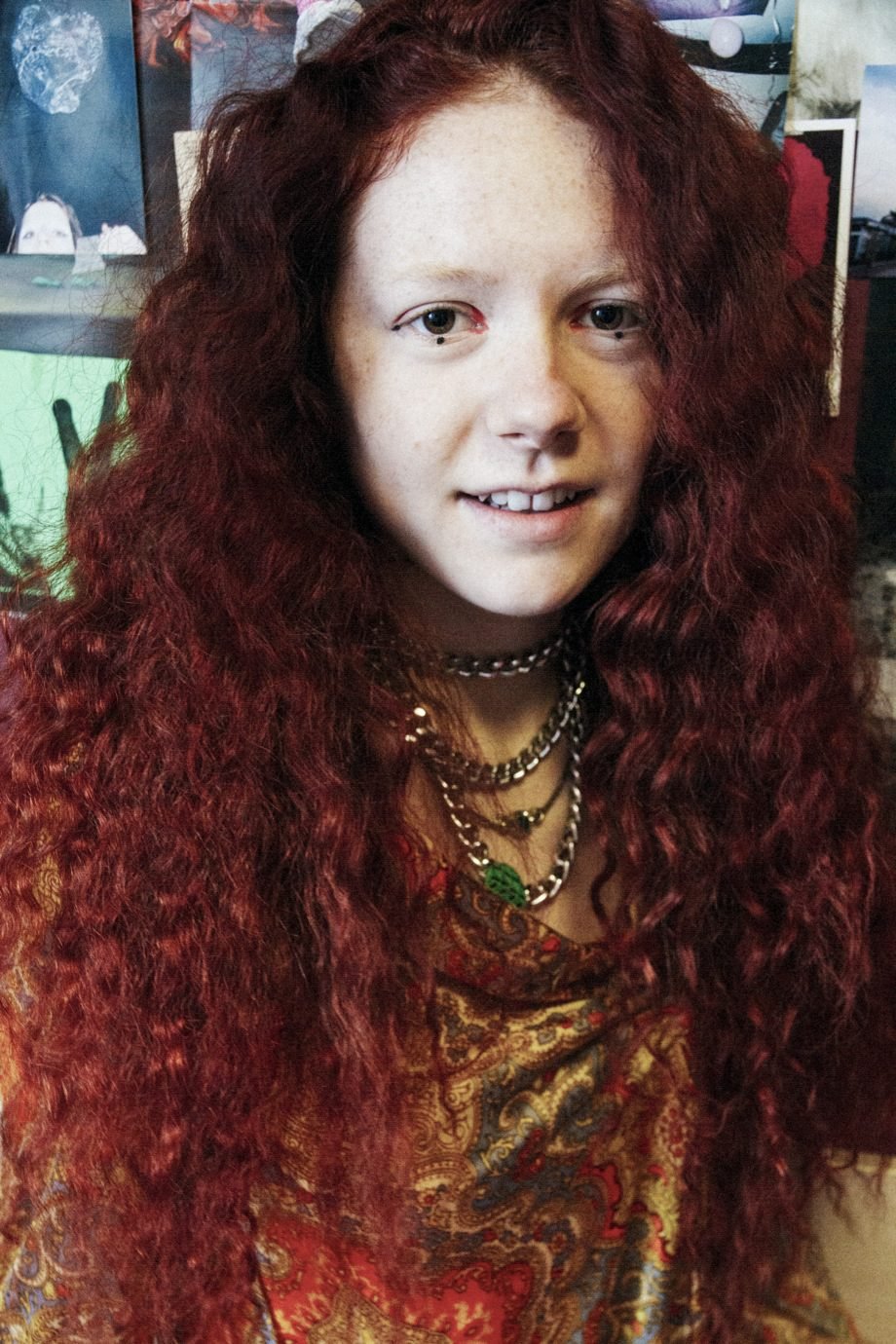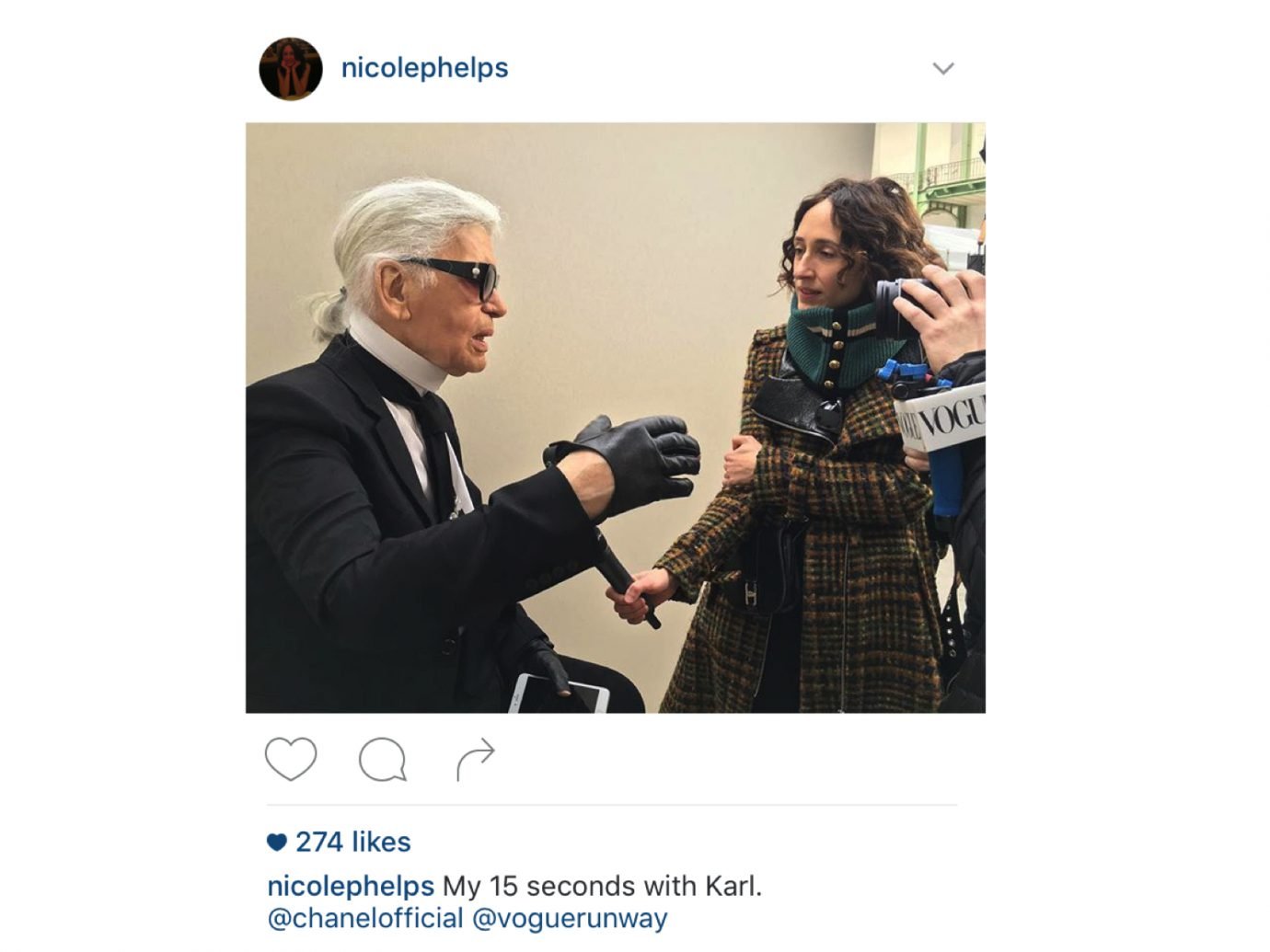“I AM INTERESTED IN MAKING WORK THAT TRIGGERS INTIMACY.”
In the third print issue of 1 Granary, we ran a profile on Magda Skupinska, who at the time had just graduated from the Central Saint Martins Fine Art BA. Now, only a couple of months later, we caught up with her to discuss her first solo show, and see how her practice developed after leaving CSM.
“LARGE SCALE PAINTINGS ALLOW ME TO UNDERLINE THEIR COLORS AND TEXTURES.”
How has your practice evolved since leaving Central Saint Martins?
At the moment, my main interest lies within natural materials and its qualities. They allow me to work with crucial issues such as time, change, decay, or fragility within the matter. This constantly challenges me in many ways and takes my work into many unexpected directions.
Could you say a couple of words about this show, what motivated it and what you think of the result?
The display is a continuation of a type of practice I started experimenting with in my final year at CSM. I discovered the mass potential of organic materials as opposed to normal pigment paint. The qualities of organic matter, such as taste or smell, added another dimension which I hadn’t experienced before with paint. Each painting represents different sets of substances that owns different qualities. On top of that, with time passing, the work is subjected to shifts such as drastic change of color or texture.
What is your favorite piece in that show, and for what reasons?
“Rainy Day” – This is the only work that contains salt, which has been one of the substances that have really reacted to the climate conditions around it. The salt shapes would absorb the water on a rainy day. It was of real importance to me that this series of works would really go hand in hand with the environment.
All of your work seems to have quite a distinct relationship to food. What is the source of this relationship? What do you think it brings to your practice?
Like I mentioned before, I am intrigued by the many possibilities that these materials give me. Their abilities to change, and the quality of the multi-sensorial experience they can provide. However, at the same time, by using food and spice, I also want to expose the purely aesthetic aspect of these substances. Large scale paintings allow me to underline their colors and textures. The edible products are being situated in a different context. They become pigments in an artist’s hand.
“IT WAS OF REAL IMPORTANCE TO ME THAT THIS SERIES OF WORKS WOULD REALLY GO HAND IN HAND WITH THE ENVIRONMENT.”
And what do you think that multi-sensorial experience provokes in the audience?
I am interested in making work that triggers intimacy. Since the objects are tangible, it allows this close interaction of the viewer with the work. Natural objects, whether they are fruits or spices, have inherent qualities that can provoke that behavior. The need to investigate decaying material and texture, the desire to smell or to experience the fragility of the matter, that stimulates an intense desire to touch.
A lot of your work seems to reference specific moments of modernist sculpture and painting, what is your relationship to the history of these mediums?
I definitely have a soft spot for the sixties, and especially for Arte Povera. Art of that time was just extremely innovative. Giuseppe Penone, Giovanni Anselmo, Dennis Oppenheim, they are just a few examples of artists that greatly influence my practice. This is what led me to my fascination with the qualities of organic material. Now it is my duty to try and reposition that in the contemporary art landscape.
What are your plans for the future?
I want to keep on developing my practice, watching it evolve as I do, and of course focus on completing my MA in Painting. Let’s see where that takes me…
We all encourage you to see Magda’s show, Practices of Silence, at 154-158 Shoreditch High Street until the 2nd of December, and to follow her work on her website, magdaskupinska.com.

